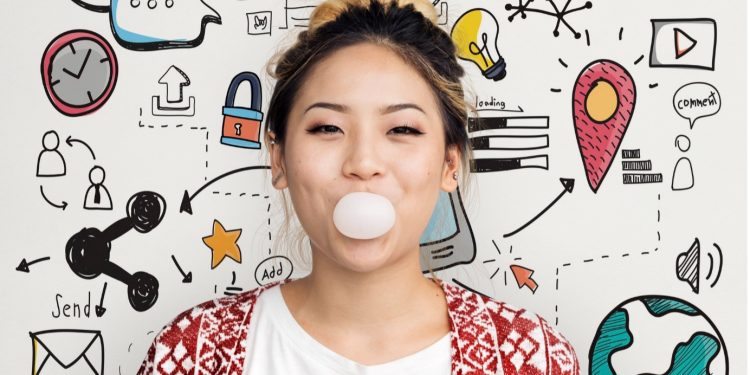In today’s digital era, technology has become an integral part of our lives, transforming the way we interact with the world around us. From smartphones and smartwatches to virtual reality and voice assistants, the possibilities seem endless. One of the latest trends in technology is the rise of multiexperience, a concept that is revolutionizing user interaction.
What is Multiexperience?
Multiexperience refers to the use of multiple technologies and devices to create a seamless and immersive user experience. It goes beyond traditional user interfaces and extends to various touchpoints, such as mobile apps, websites, wearables, and even smart home devices. With multiexperience, users can interact with technology in a more intuitive and natural way, enhancing their overall experience.
Imagine a scenario where you start a task on your smartphone, continue it on your smartwatch, and then seamlessly switch to your laptop without losing any progress. This is the power of multiexperience, where the focus is on providing a consistent and personalized experience across different devices and platforms.
The Benefits of Multiexperience
Multiexperience offers numerous benefits for both users and businesses. For users, it provides a more convenient and efficient way of interacting with technology. Instead of being limited to a single device or interface, they can choose the most suitable option based on their context and preferences. This flexibility not only saves time but also enhances productivity and satisfaction.
From a business perspective, multiexperience opens up new opportunities for innovation and differentiation. By offering a seamless and personalized user experience, companies can differentiate themselves from competitors and build stronger customer loyalty. Moreover, multiexperience enables businesses to gather valuable data from various touchpoints, allowing them to gain deeper insights into user behavior and preferences.
Examples of Multiexperience
Multiexperience is already making its mark in various industries, transforming the way we interact with technology. Here are a few examples:
1. Retail
In the retail industry, multiexperience is revolutionizing the shopping experience. Customers can now browse products on their smartphones, try on virtual outfits using augmented reality, and make purchases through voice assistants. This seamless integration of technology creates a more immersive and personalized shopping experience.
2. Healthcare
In healthcare, multiexperience is improving patient care and engagement. Patients can access their medical records through mobile apps, communicate with healthcare providers via video consultations, and receive personalized health recommendations through wearable devices. This holistic approach to healthcare enhances patient satisfaction and outcomes.
3. Entertainment
In the entertainment industry, multiexperience is enhancing the way we consume content. Users can watch movies on their smart TVs, control the experience through voice commands, and even interact with virtual characters through augmented reality. This immersive and interactive experience takes entertainment to a whole new level.
The Future of Multiexperience
The rise of multiexperience is just the beginning. As technology continues to evolve, we can expect even more innovative ways of interacting with the digital world. From virtual reality and artificial intelligence to gesture recognition and haptic feedback, the possibilities are endless.
However, with great power comes great responsibility. As we embrace multiexperience, it is crucial to prioritize user privacy and security. Companies must ensure that user data is protected and used ethically to maintain trust and transparency.
In conclusion, multiexperience is transforming user interaction, offering a seamless and immersive experience across multiple devices and touchpoints. With its numerous benefits and potential for innovation, multiexperience is set to revolutionize various industries and reshape the way we interact with technology. As technology continues to advance, it is up to businesses and users to embrace this new era of multiexperience and unlock its full potential.


 Home
Home










